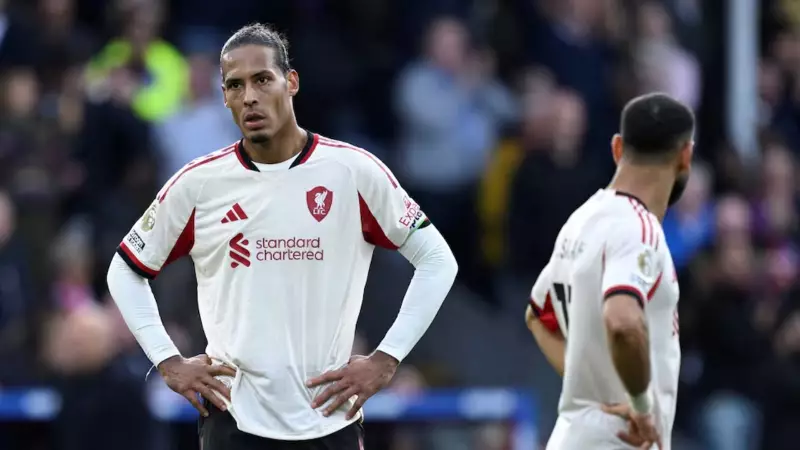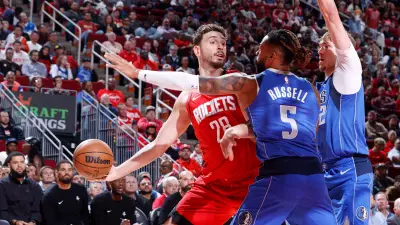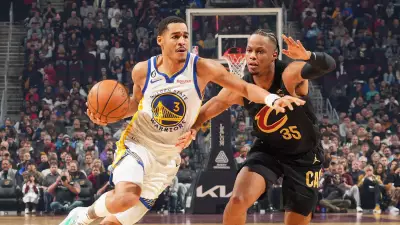
Liverpool Football Club, once the epitome of free-flowing, attacking football, appears to be grappling with an identity crisis this season. The Reds, under Jurgen Klopp's leadership, have looked a shadow of their former selves, struggling to replicate the dominant performances that defined their previous campaign.
The Midfield Conundrum: A Tactical Breakdown
At the heart of Liverpool's struggles lies a midfield puzzle that Klopp has yet to solve. The departure of key players and integration of new signings has created a disjointed unit that lacks the cohesion and understanding of previous seasons. The midfield engine room, once the team's driving force, now appears hesitant and uncertain in possession.
The absence of a clear tactical structure in the middle of the park has had ripple effects throughout the team. Without the midfield's usual dominance, Liverpool's trademark gegenpressing has lost its effectiveness, allowing opponents to play through their lines with surprising ease.
Defensive Vulnerabilities Exposed
Liverpool's defensive frailties have been particularly concerning. The high defensive line, which previously worked to perfection, now looks vulnerable to quick counter-attacks. The coordination between defenders has been noticeably off, leading to uncharacteristic errors and conceding preventable goals.
The team's inability to maintain defensive solidity has undermined their attacking efforts, creating a cycle of frustration where every forward push feels balanced by defensive uncertainty.
Attacking Fluidity: Missing in Action
What made Liverpool so formidable last season was their seamless attacking transitions and relentless pressure. This season, that fluidity has been replaced by stuttering build-up play and predictable attacking patterns. The front three, while individually talented, seem to be operating as separate entities rather than a cohesive unit.
The lack of understanding between new signings and established players is evident in their movement off the ball and decision-making in the final third. Attacks that previously flowed with purpose now often break down due to mistimed runs or misplaced passes.
Key Areas of Concern:
- Midfield cohesion: New partnerships struggling to gel
- Defensive organization: High line becoming a liability
- Pressing efficiency: Collective pressure lacking intensity
- Attacking chemistry: Front players not on the same wavelength
The Road Ahead: Can Klopp Fix the Issues?
Despite the concerning performances, there's reason for optimism. Jurgen Klopp has proven time and again his ability to adapt and evolve his teams. The international break provides a crucial opportunity for the German tactician to work on the training ground and address the fundamental issues plaguing his side.
The return of injured players and increased game time for new signings should gradually improve understanding and coordination. However, time is of the essence in the competitive Premier League landscape, where dropped points can quickly become costly.
Liverpool's challenge isn't just about finding solutions—it's about rediscovering their identity. The team that once played with fearless abandon must now navigate through this period of transition while maintaining their competitive edge. How quickly they can adapt will determine whether this becomes a minor blip or a season-defining struggle.





